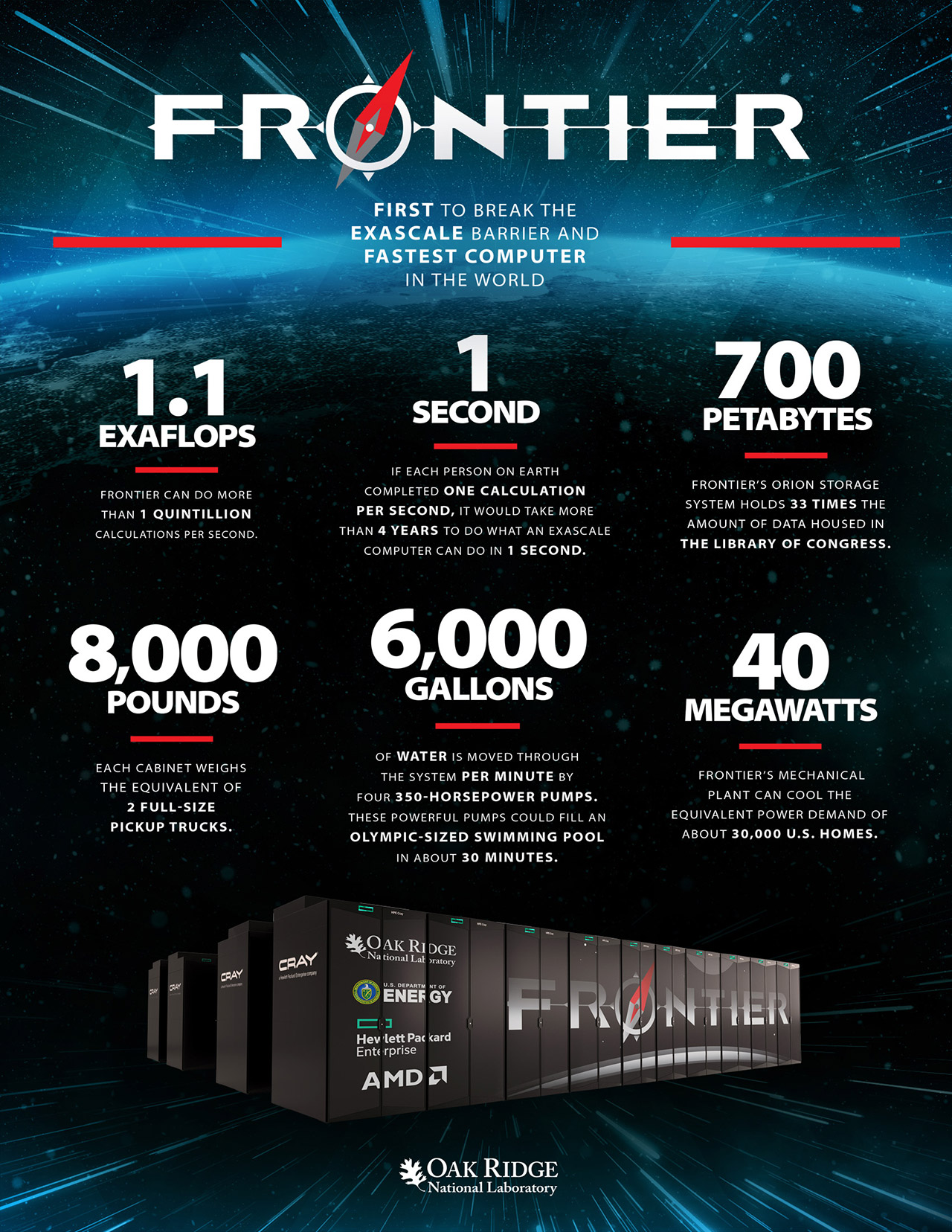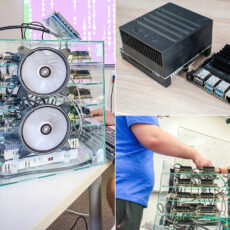
Researchers at the Department of Energy’s Argonne National Laboratory used the Frontier supercomputer to run the largest astrophysical simulation of the universe ever conducted in early November.
The supercomputer code used in the simulation is called HACC, short for Hardware/Hybrid Accelerated Cosmology Code, and it was developed 15 years ago for petascale machines. Its record-breaking performance required approximately 9,000 of Frontier’s compute nodes, powered by AMD Instinct MI250X GPUs.
- Purposeful Design: Travel with ease and look great doing it with the Aspire's 3 thin, light design.
- Ready-to-Go Performance: The Aspire 3 is ready-to-go with the latest AMD Ryzen 3 7320U Processor with Radeon Graphics—ideal for the entire family,...
- Visibly Stunning: Experience sharp details and crisp colors on the 15.6" Full HD IPS display with 16:9 aspect ratio and narrow bezels.

There are two components in the universe: dark matter — which as far as we know, only interacts gravitationally — and conventional matter, or atomic matter. So, if we want to know what the universe is up to, we need to simulate both of these things: gravity as well as all the other physics including hot gas, and the formation of stars, black holes and galaxies. The astrophysical ‘kitchen sink’ so to speak. These simulations are what we call cosmological hydrodynamics simulations,” said Salman Habib, Project Lead and Division Director for Computational Sciences at Argonne.










